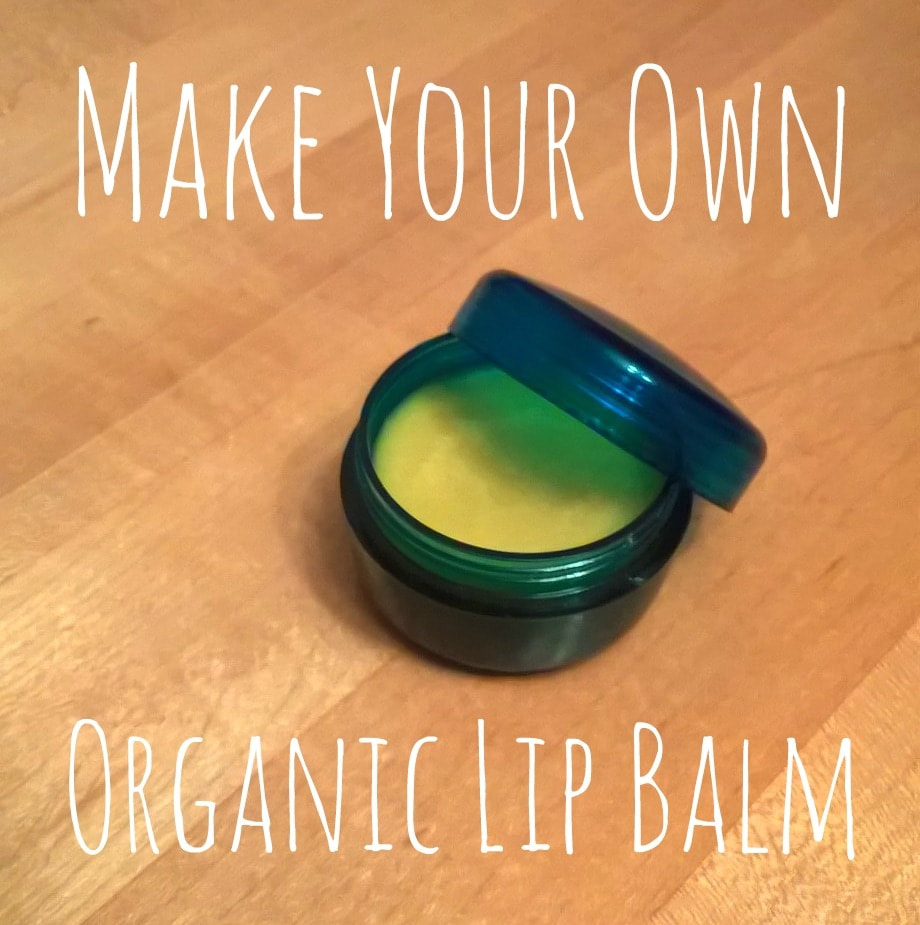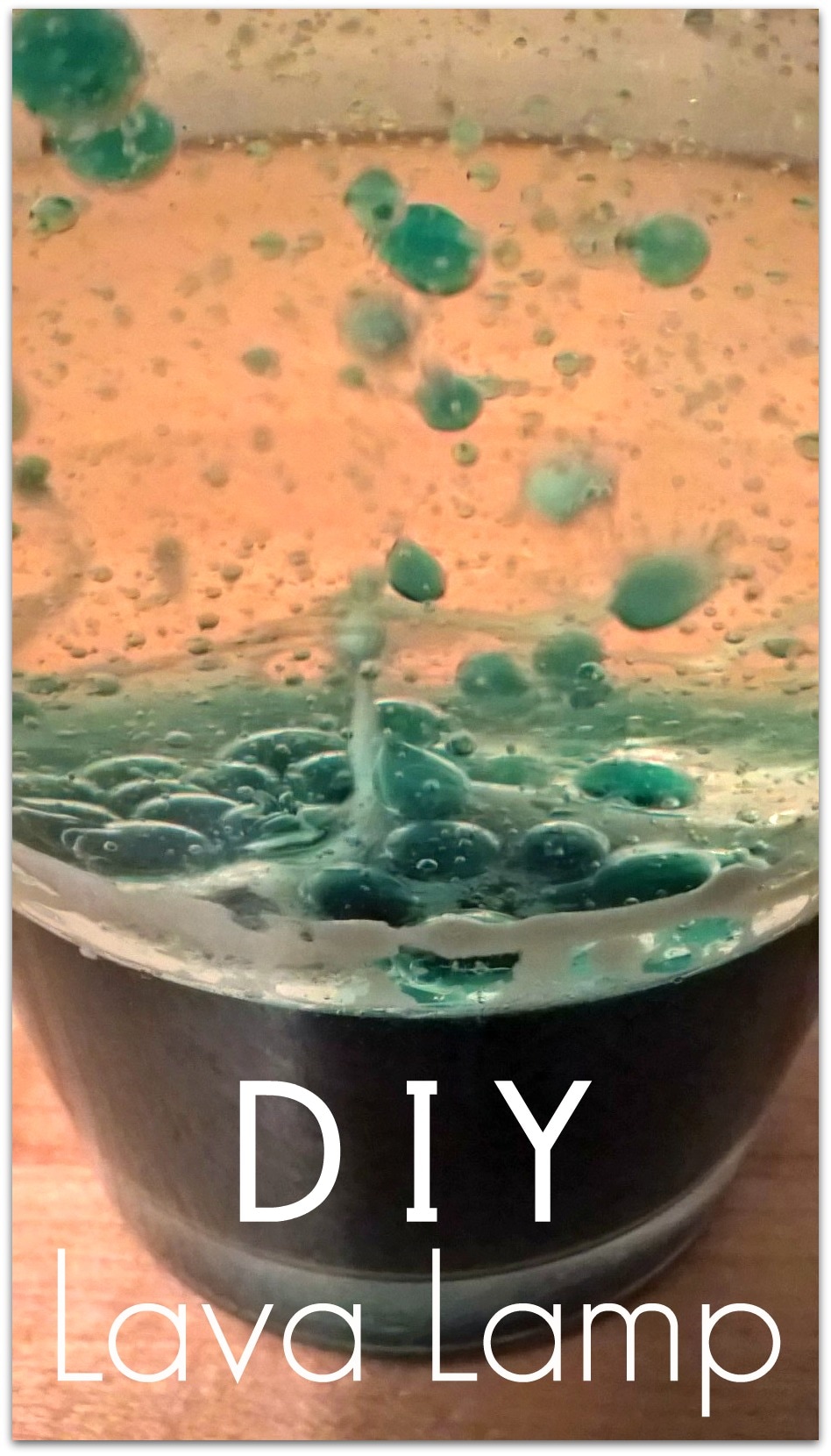DISCLAIMER: This is a sponsored post. Baby proofing your house is one of the first things you can do to protect your child. Having a safe environment for your little one starts with making smart decisions on everything from a crib to where you store cleaning products. Learn more about how to baby proof your home by reading the informative post below... While you can’t protect your children from everything, there are many steps you can take to convert your home into a safer place for rest and play. Baby proofing your house means taking into consideration all of the potential dangers in your home and doing everything you can to eliminate them. So, whether you are still expecting or your infant has already made his or her entrance into the world, it’s never too early to start baby proofing your house. Where to Start Baby Proofing Your Child's Nursery... Your first step to child proofing your house is to make wise choices when it comes to furniture and bedding in the nursery. • Crib: Make sure your crib, new or used, meets current safety standards. Since these standards are continuously being evaluated, you won’t want to use a secondhand crib without doing some research. For example, while drop-side cribs were once an acceptable convenience, they are no longer approved. This change has left many repeat parents wisely headed back out to purchase a new crib. So, if you are planning on buying secondhand or recycling furniture you have used in the past, make sure it is up to code. You may want to use a home equity loan or line of credit to finance some of the larger furniture purchases that may be necessary when you are expecting a baby. Bedding: Bedding should be minimal for infants. Choose sheets that lay secure against the mattress and avoid soft blankets that could be suffocating. Also avoid placing any toys or stuffed animals in the crib. What About Child Proofing the Common areas?! When making decisions about how to baby proof the common areas of your home, you want to explore your living space as if you were a child. It may seem silly at the time, but get down on your hands and knees and crawl your way through your home. Here’s what you are looking for:
• Exposed electrical outlets and cords: Plug all open outlets and conceal dangerous cords. • Sharp edges on furniture, like coffee and end tables. Pad the corners, replace pieces that will no longer work, or store them out of the way until your child is older. • Cords hanging from window treatments: Tie them up so that they cannot be reached by your child as he or she begins walking. • Heavy furniture or decorations that can be pulled down if your child climbs on them: Secure unstable pieces to the wall and keep decorations clear out of the reach of little hands. • Medicines, cleaning solutions and other chemicals: Install locks or latches on any cabinets that contain toxic substances that could harm your child if found and ingested. Sooner than you may think, your child will be moving independently through your home and will be uncovering adventures, safe or not, at every corner. If you put some time into baby proofing your house, you can ensure that you have created the safest environment possible for your newest addition.
0 Comments
Leave a Reply. |
Follow Me on Pinterest
|






















 RSS Feed
RSS Feed
